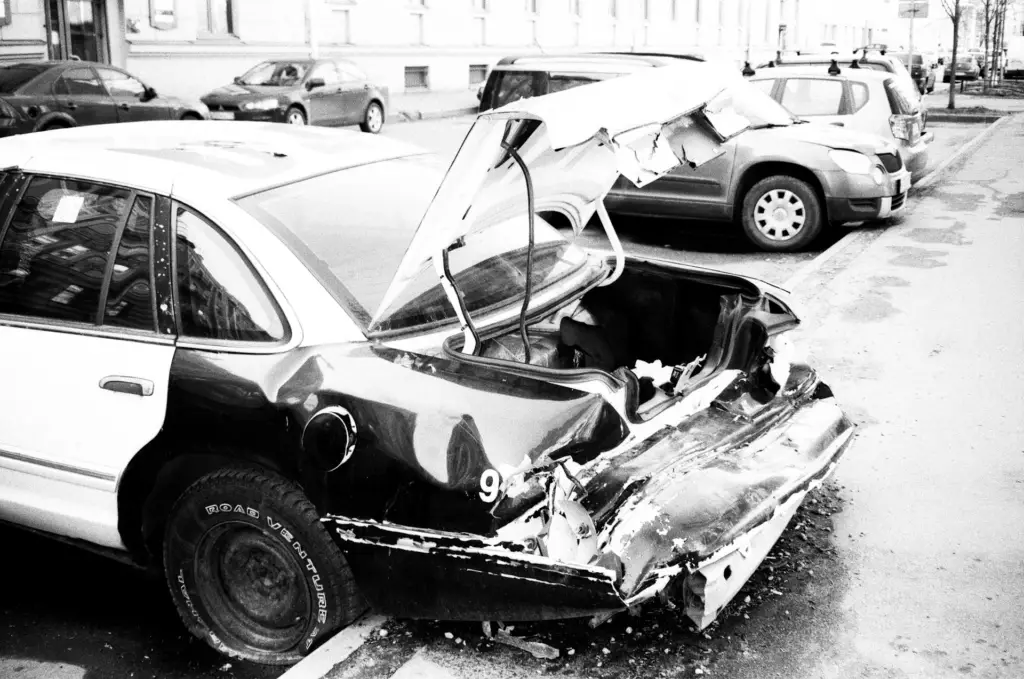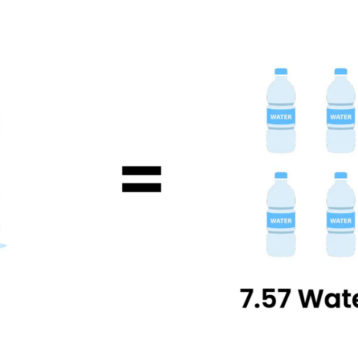
In Bakersfield, where the bustling streets witness a significant portion of California’s 250,000 injury-causing accidents annually, the value of medical documentation following a car accident becomes abundantly clear. For individuals injured in these incidents, such documentation is more than just paperwork; it’s a critical asset in their quest for justice and fair compensation. In a city that contributes to the state’s roughly 4,000 fatal crashes each year, the precise and thorough recording of medical evaluations, treatments, and outcomes is indispensable.
The role of medical documentation extends beyond the immediate aftermath of the accident. It encompasses a detailed account of the victim’s injuries, treatment plans, and the prognosis for recovery, painting a full picture of the long-term effects of the accident. For those injured in a car accident, understanding the importance of this documentation and how to effectively compile and present it is crucial. This guide delves into the significance of medical documentation in car accident cases, highlighting strategies for victims to ensure their injuries are accurately and comprehensively recorded, thereby bolstering their claims and facilitating their journey toward recovery.
Recognizing the Significance of Medical Documentation
When an individual sustains injuries in a car accident due to another party’s negligence, they have the right to seek compensation for their losses and damages. However, effectively proving these injuries and how they impact life is crucial when pursuing action or negotiating with insurance providers. Medical records play a role in accomplishing this objective.
Establishing Cause
Comprehensive medical records offer evidence linking the victim’s injuries to the car accident. They establish causation and potentially refute any claims from opposing parties denying their liability for causing harm. Medical documentation typically includes information about diagnoses, treatments administered, and expert opinions on the correlation between injuries and accidents.
Showing the Seriousness
In a car accident case, medical records play a role in illustrating the severity of injuries sustained. Input from experts detailing the extent of harm suffered adds credibility to the claims made by victims during negotiations or legal proceedings. These records offer proof that stands up to scrutiny, making it challenging for insurance companies or opposing parties to undermine the seriousness of the injuries sustained.
Linking Damages to Injuries
Victims seeking compensation after a car accident typically focus on damages, pain and suffering, medical expenses, lost income, physical therapy and rehabilitation costs, and potential future costs related to treatment or disabilities arising from the incident. Detailed documentation helps establish a connection between these forms of damages and the specific injuries suffered. This link reinforces victim claims and assists in pursuing compensation for their losses.
Establishing a Timeline
Medical records act as a timeline that captures details about treatments and professional assessments at various stages of the victim’s recovery process. This sequence helps illustrate how injuries have impacted their well-being, including levels of pain experienced and any complications. A thorough timeline ensures that no critical details relevant to the case are omitted or overlooked.
Establishing Trustworthiness
When individuals provide comprehensive records, it enhances the credibility of their case. It demonstrates their commitment to seeking treatment, adhering to prescribed therapies, and taking necessary measures for recovery. Having documentation to support their assertions can reduce the likelihood of encountering doubt or skepticism from insurance companies or opposing parties.
Best Approaches for Medical Records
Now that we recognize the importance of documentation in car accident cases, it’s time to delve into some recommended practices for individuals to follow when documenting their injuries:
Promptly Seek Medical Care
Getting medical attention after a car accident is crucial not only for health reasons but also to establish a clear connection between the incident and any resulting injuries. It’s essential to see a healthcare provider as soon as possible since certain symptoms may manifest over time following an accident.
Clearly Describe Your Symptoms
During consultations with healthcare providers, openly discuss your symptoms and how they impact your life. Explain any limitations or emotional difficulties stemming from the injuries sustained in the car accident. Providing descriptions aids doctors in making diagnoses while ensuring these symptoms are documented effectively.
Keep Detailed Records
Make sure to keep copies of all the paperwork related to your treatment for injuries. This includes test results, prescription details, treatment plans, therapy notes ( in cases of rehabilitation), and any communications with healthcare providers about your health.
Follow Treatment Plans Promptly
It’s essential to stick to the treatments and therapy plans recommended to show your dedication to getting better. Keep a record of all your appointments, including visits to specialists or physical therapists and any changes made during your treatment.
Record Ongoing Information
Good medical documentation doesn’t stop at diagnosis and treatment; it also involves keeping track of how your recovery is progressing. If you experience symptoms or setbacks during recovery, make sure to seek medical help and document these incidents.
Conclusion
In cases of car accidents where individuals are injured because of someone’s carelessness, having medical records is crucial for ensuring they receive fair compensation. By keeping comprehensive documentation that includes diagnoses, treatment details, expert viewpoints, recovery timelines, and ongoing care needs, victims can provide evidence to back their claims. Following procedures in documenting information – such as seeking immediate medical attention and documenting visible injuries – helps victims improve their chances of achieving positive results when dealing with intricate car accident lawsuits.










